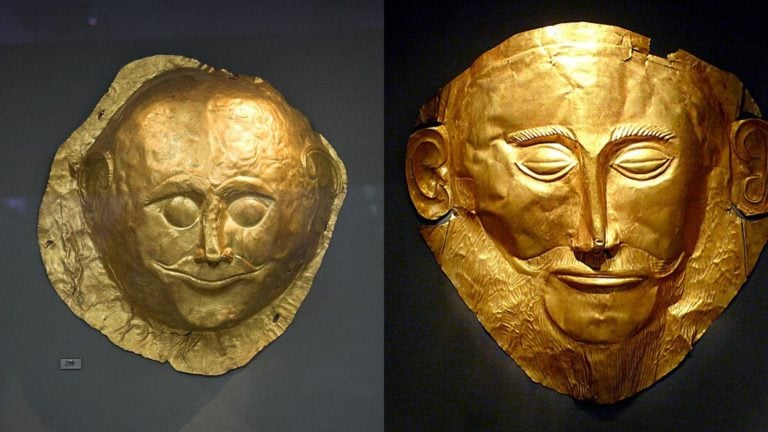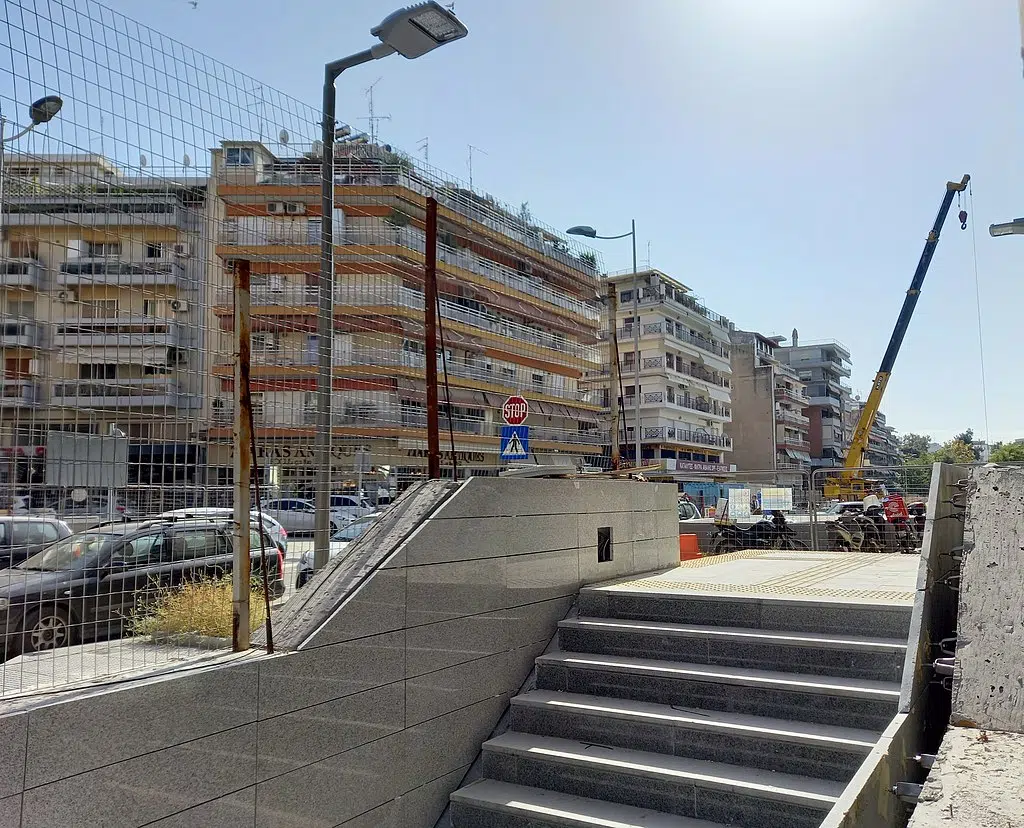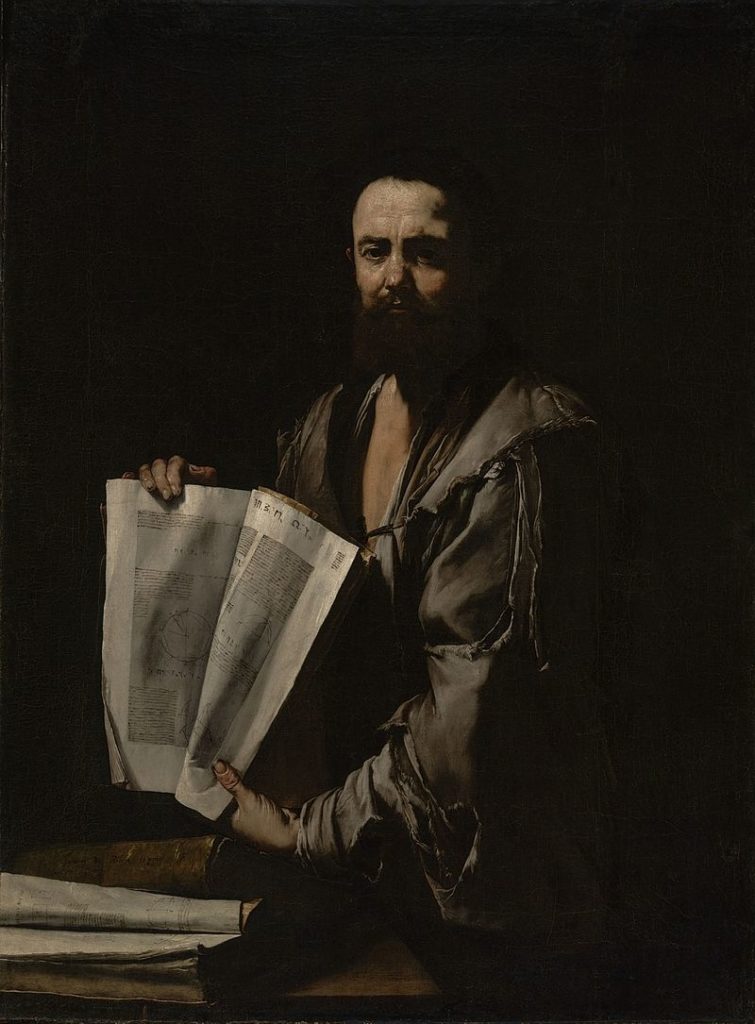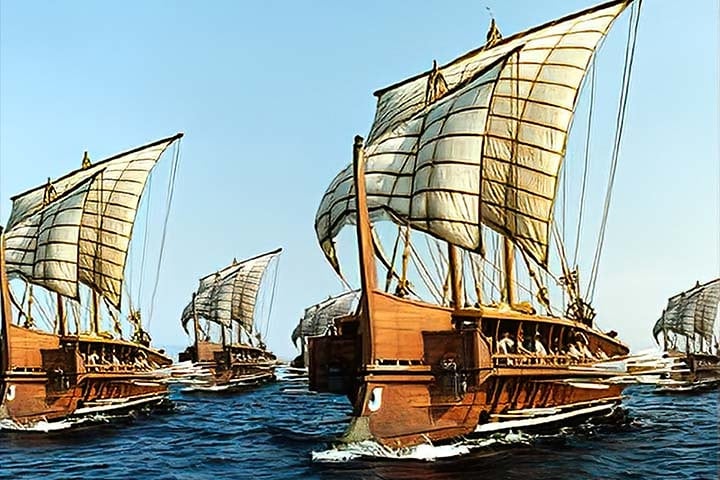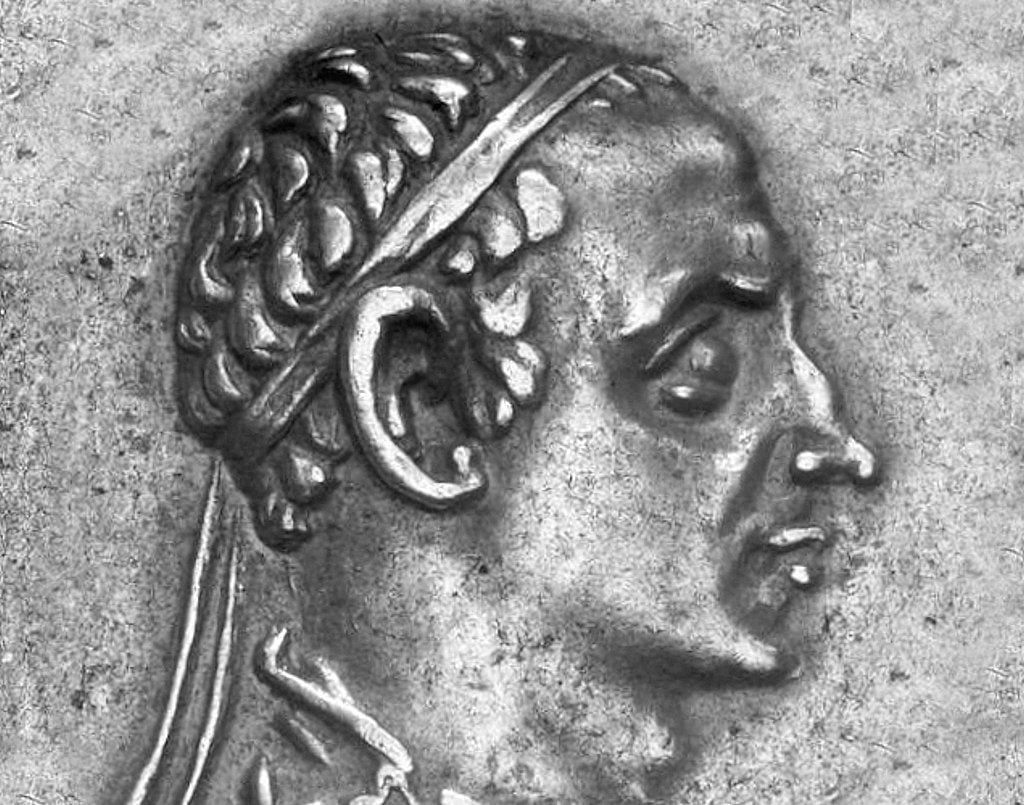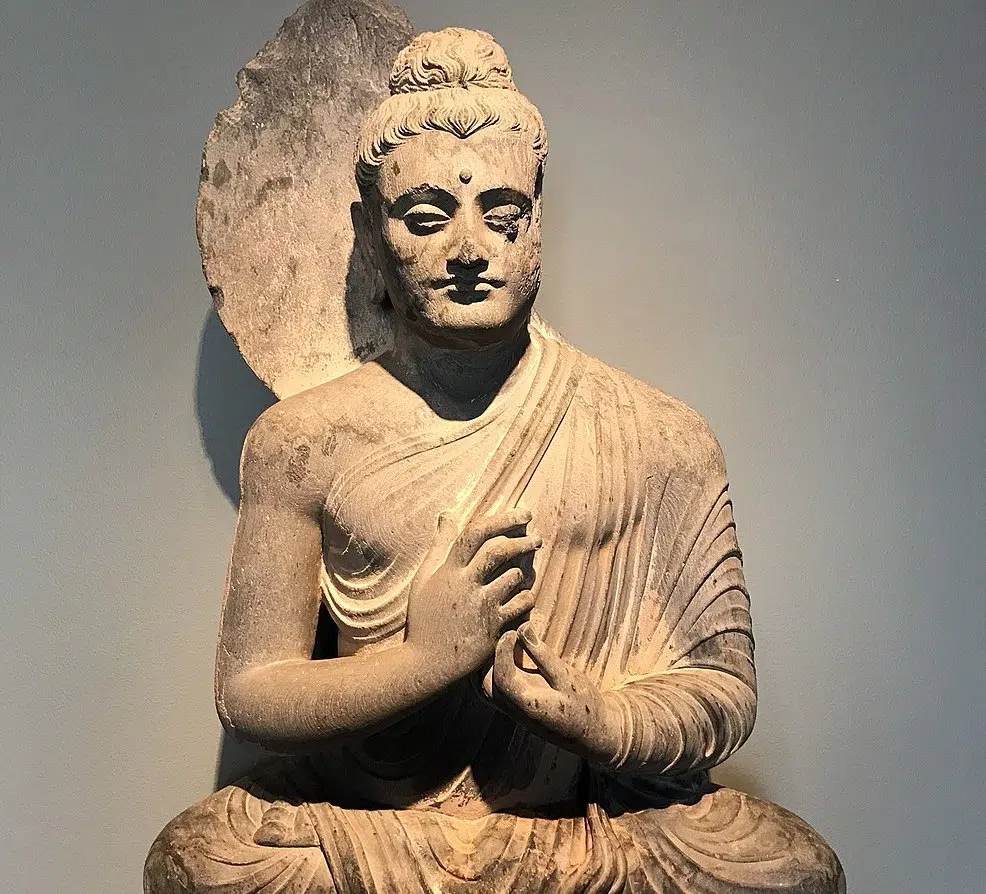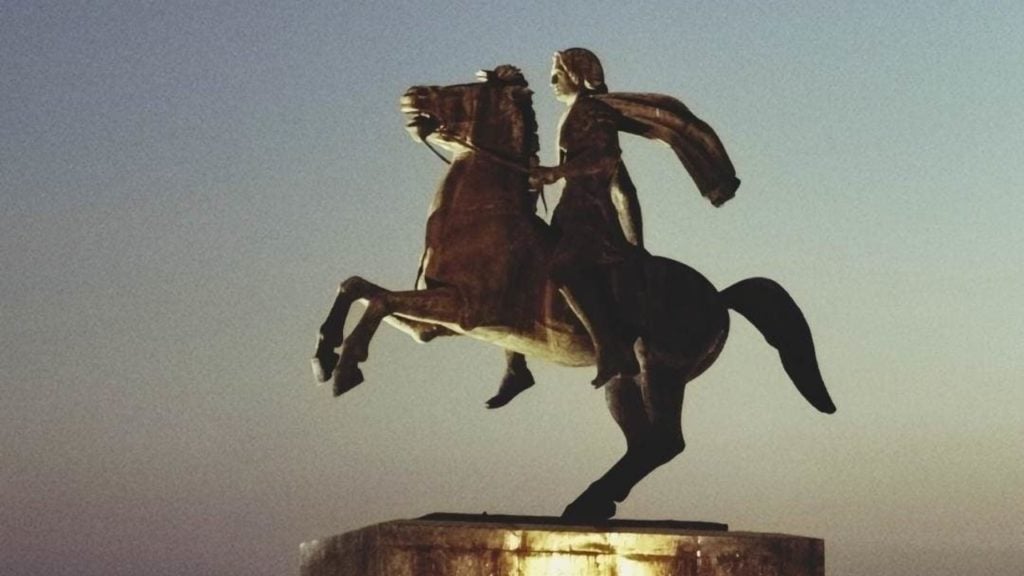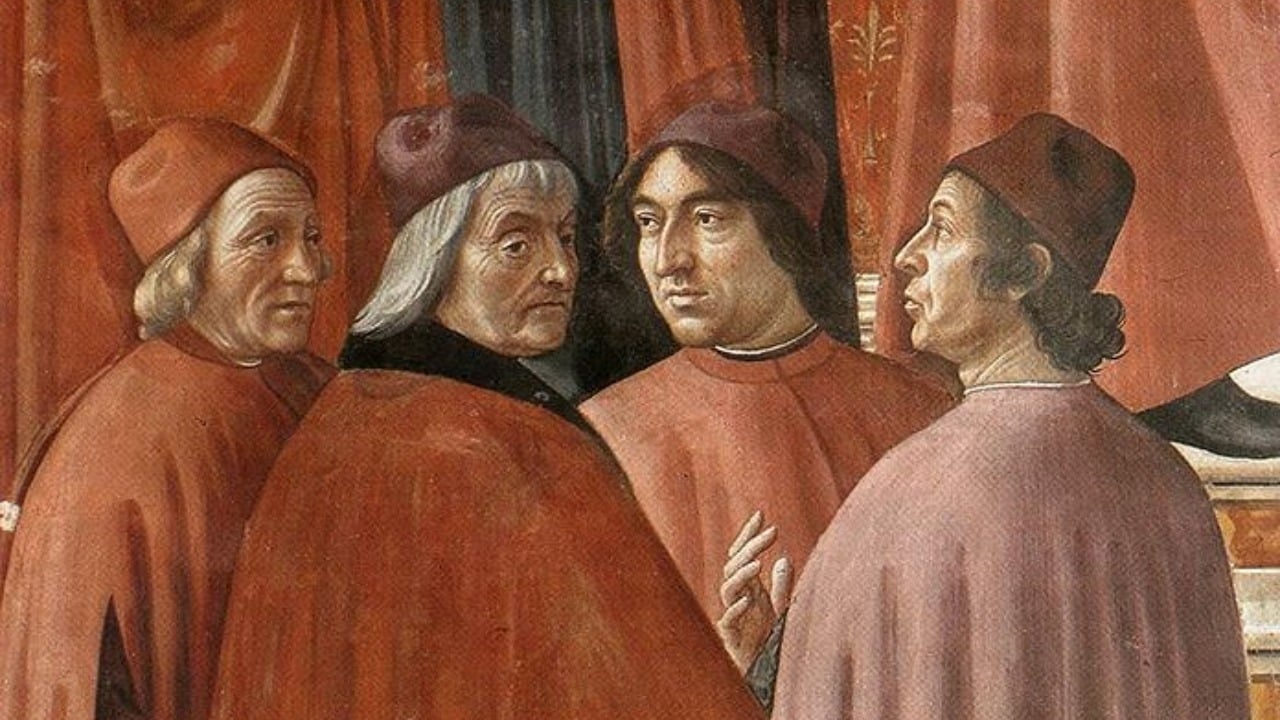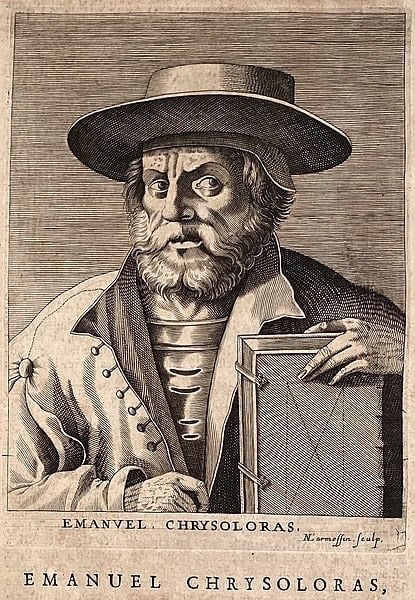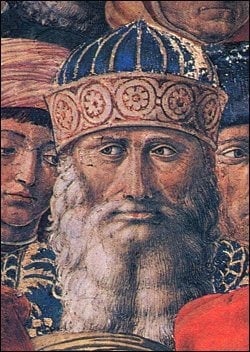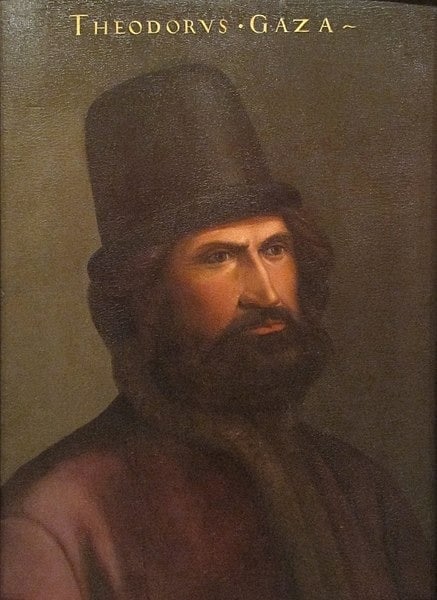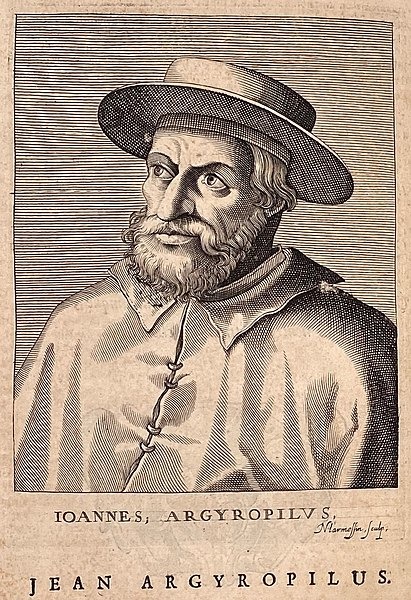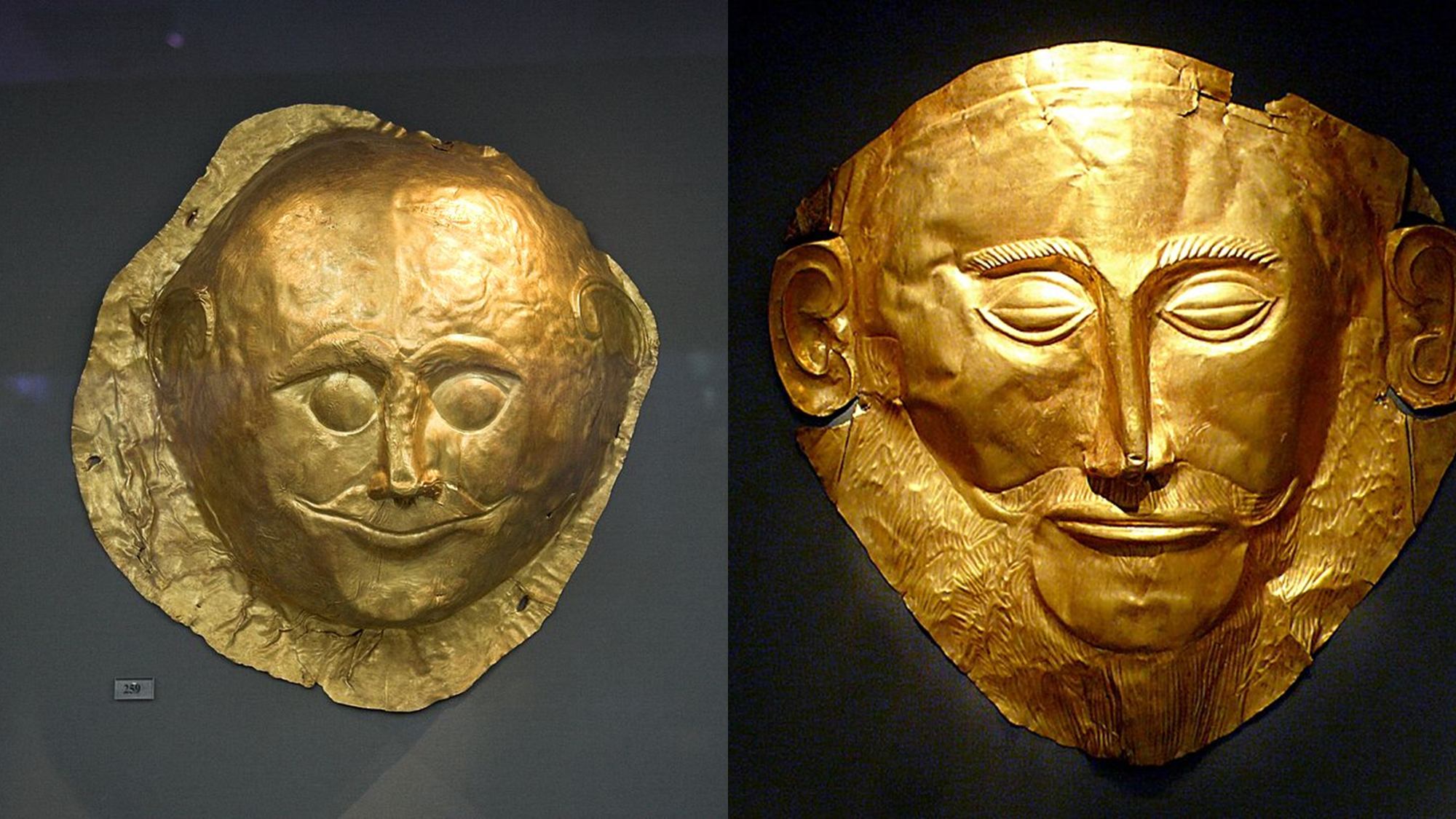
King Agamemnon is one of the most famous and significant characters of Greek mythology. He was the leader of the Greek forces that attacked the city of Troy during the Trojan War. But was Agamemnon real, or was he merely a figure of mythology with no specific real-life basis?
Who was Agamemnon?
First of all, let us clarify who Agamemnon was supposed to have been. He first appears in Homer’s Iliad, written in the mid-seventh century BCE. After that, he appears in many subsequent tales and records about the Trojan War. He is, after all, one of the central characters in the legend of the war between the Greeks and Trojans.
He was the older brother of Menelaus, the king whose wife, Helen, ran away with (or was taken by) Paris of Troy. Menelaus was the king of Sparta, while Agamemnon was the king of Argos, with a center at Mycenae. The Greek leaders worked together to besiege the city of Troy to get Helen back, and Agamemnon led this grand alliance.
This is how Agamemnon is presented in legends. However, is there any reason to believe that he may have been a real person?
Real figures from Homer’s own era
There is reason to believe that many characters mentioned in Homer’s poems are people who either lived in Homer’s own time or not too long prior to it. Some ancient records about Homer’s life make it quite clear that he placed several of his contemporaries in the Iliad and the Odyssey.
For example, Pseudo-Herodotus’ Life of Homer and Pseudo-Plutarch’s similar text explain that Homer’s mother married a music teacher named Phemius. Meanwhile, a poet named Phemius appears in the Odyssey. Pseudo-Herodotus’ Life of Homer also mentions a leather shoemaker named Tychius as a contemporary of young Homer. In the Iliad, we find that Homer referenced a leatherworker named Tychius.
Legends about King Midas definitely describe a historical figure who lived in or near Homer’s time. Since Midas allegedly lived at about the time of the Trojan War, this is direct proof that at least some of the legendary figures from that part of Greek mythology were actual people who lived as approximate contemporaries of Homer.
The real King Agamemnon
With this in mind, could Agamemnon also have been a real person from Homer’s own time? It is certainly worth looking to see if there is someone who would fit the profile. As it so happens, there is a very clear reference to a real Agamemnon from that era of history.
There are historical Greek records that mention a real ‘King Agamemnon of Cyme.’ Cyme was a Greek city in the northwest corner of Anatolia. It was ‘the largest and best of the Aeolian cities,’ that is, the cities of northwest Anatolia, according to Strabo. Hence, the real King Agamemnon of Cyme must logically have been a powerful king. This fits in well with the Agamemnon of Homer’s Iliad.
Furthermore, when did this real Agamemnon live? His daughter married the historical King Midas, the late-eighth century BCE king of Phrygia. Therefore, this Agamemnon must have been an older contemporary of Homer.
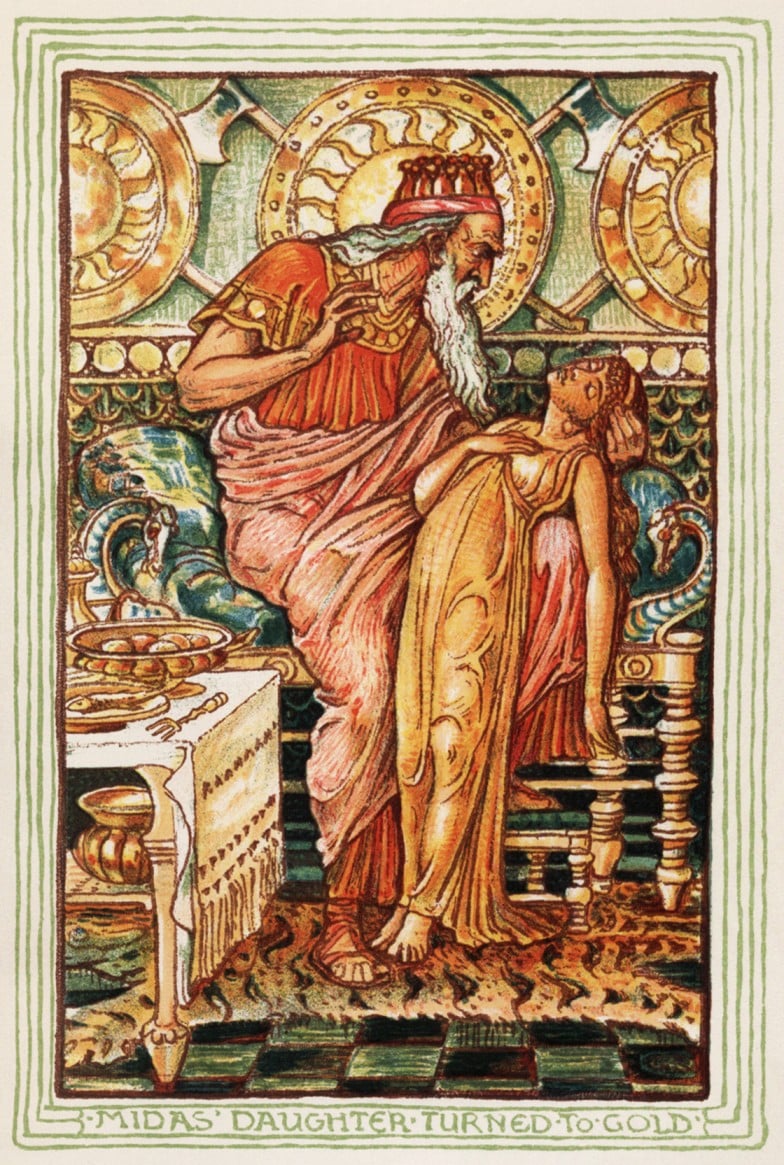
Was the king of Cyme the real Agamemnon?
Why do we believe that the Agamemnon of Homer’s Iliad may have stemmed directly from the real Agamemnon of Cyme? For one thing, he was the father-in-law of King Midas. We know for a fact that King Midas was brought into the Greek legends around the era of the Trojan War. Therefore, it would not be surprising if someone closely connected to him, such as his father-in-law Agamemnon of Cyme, was likewise brought into the Greek legends of that time period.
Additionally, Agamemnon of Cyme’s status must have seemed immense to Homer. Most ancient writers agreed that Homer came from somewhere in western Anatolia, although no one could agree on the specific city he was from. Some writers even claimed he was from Cyme in particular. Regardless of where exactly his hometown was located, he was almost certainly from that general region.
Since Cyme was the most prominent city of northwest Anatolia, Agamemnon must have likewise been a prominent king. The fact that his daughter married King Midas, the incredibly rich king who ruled over the powerful Phrygian kingdom, further attests to Agamemnon’s importance.
Therefore, to Homer, Agamemnon of Cyme was not the mere footnote in history that he appears to be now. He must have seemed very much like the kind of powerful Greek leader that Homer described in the Iliad.
Supporting evidence
In addition to the intuitive logic of this identification, there is even more explicit evidence in support of it. According to Strabo, the dynasty that ruled over Cyme claimed descent from Agamemnon. This is in reference to the Agamemnon of legend from Homer’s Iliad. This appears to be strong evidence that the historical Agamemnon of Cyme was understood to be the real Agamemnon from the legend rather than merely a namesake.
Even more supporting evidence comes from the chronology of the Trojan War. Many people take for granted that the Trojan War occurred in the Bronze Age. However, some scholars have argued that it happened later. Nikos Kokkinos, for example, revealed in depth how the popular ancient date for the Trojan War actually came from miscalculations. An investigation into some of the earliest evidence about the Trojan War points to a much more recent date.
Therefore, it may well be that Homer did not take the real Agamemnon of Cyme and transport him into the distant past for his Iliad. It could easily be that Homer actually had the fairly recent past in mind when he wrote the Iliad. The overall world presented in the Iliad is consistent with this view.
Because of this, it may well be that Homer was explicitly talking about Agamemnon of Cyme when he wrote about a king by that name in his poem.



